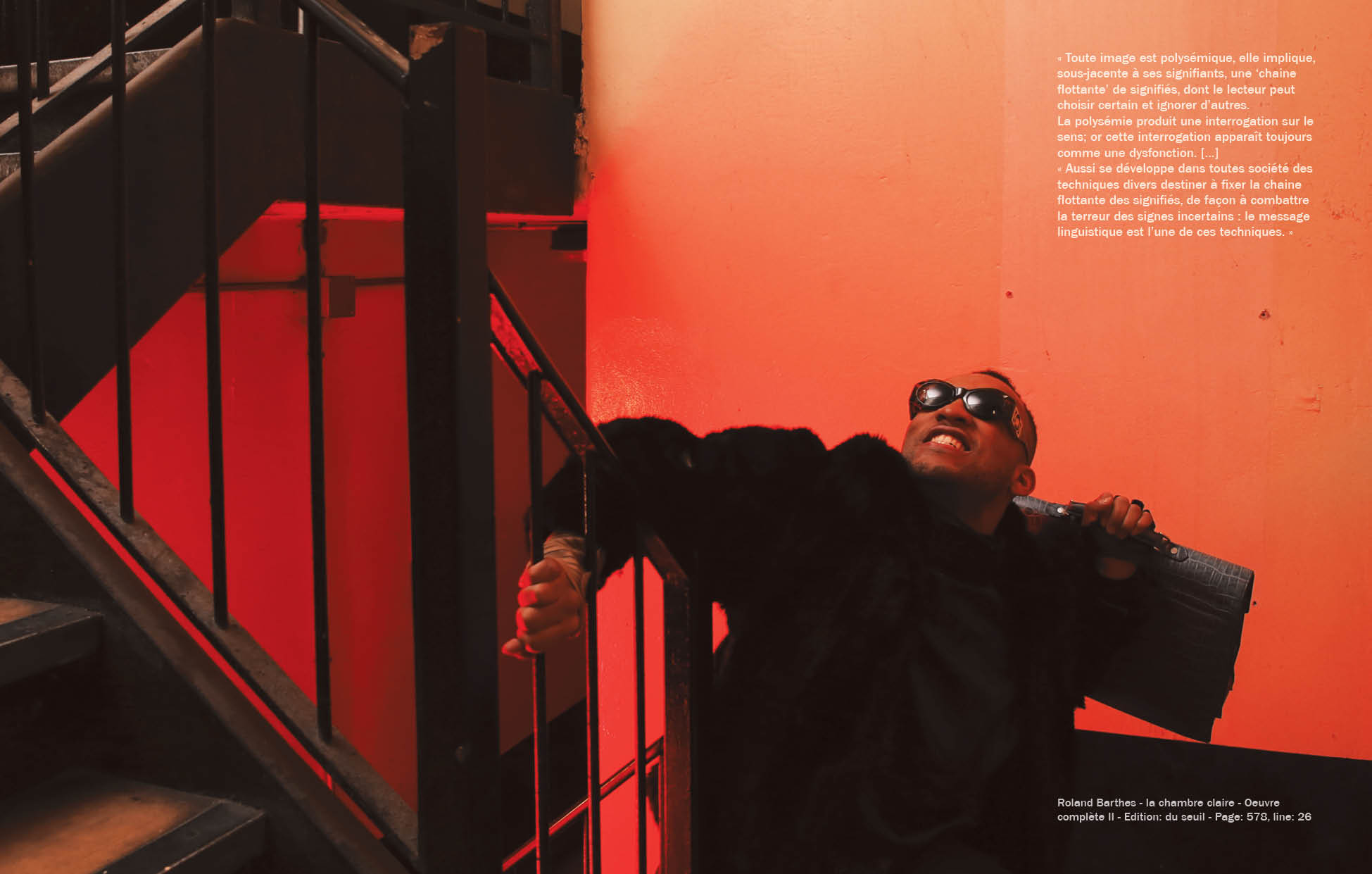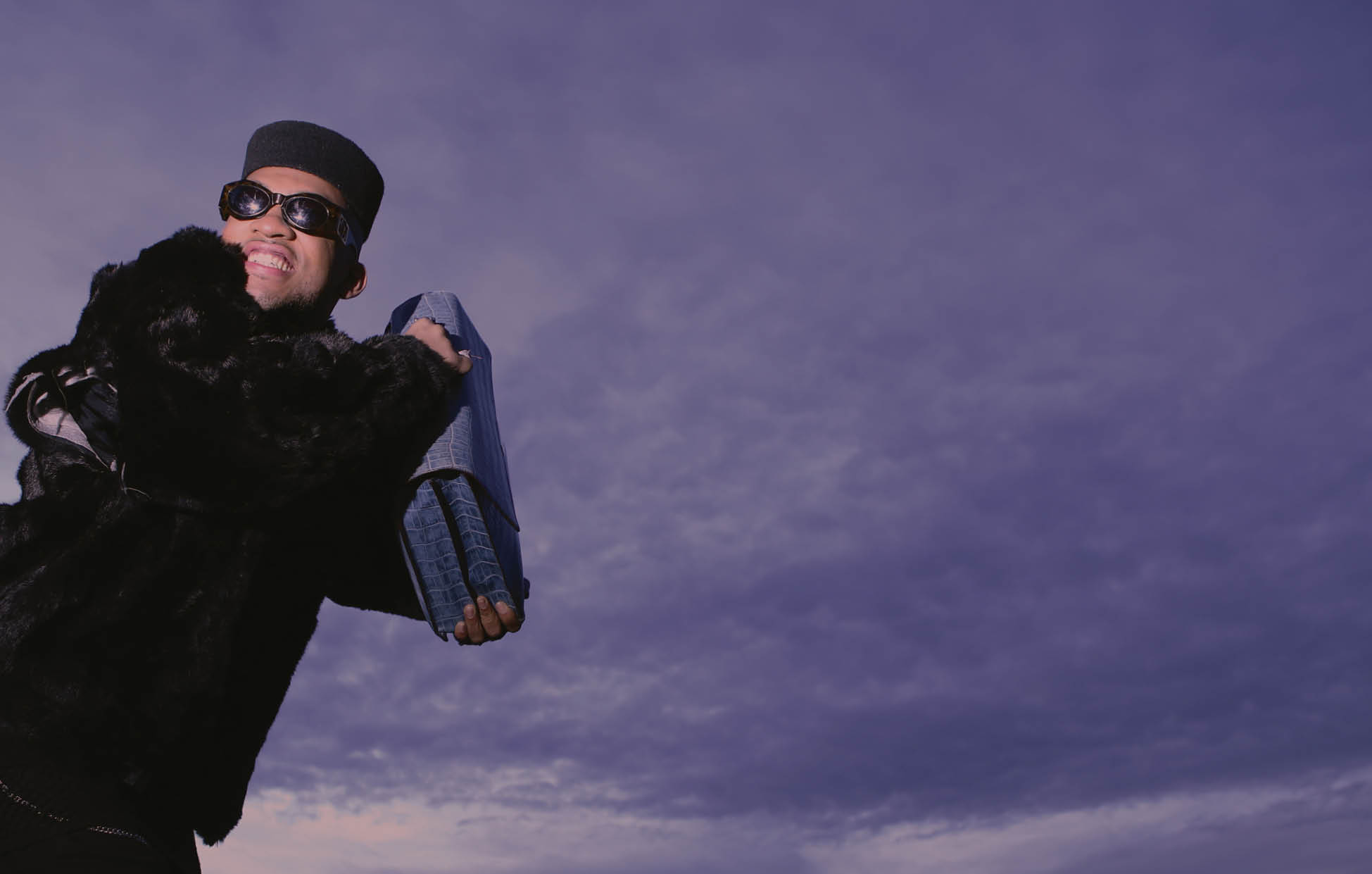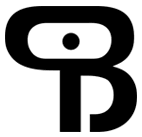This project is an inner battle between a jinn and his host. These two entities are to be understood apart and as a whole.
I wanted to connect this duality with the idea, largely debated by Roland Barthes, of an image holding simultaneously both systems of denotation and connotation. The jinn, the naughty spirit teases his host’s tranquility in order to upset this latter’s senses. In the same way, connotation will disturbs the purity and the objectivity of denotation.
This story is made in studio and shows my interest in re-presentation and the way photographs are loaded with meaning, different social and historical connotations. this project is a play of sense inspired by Roland Barthes and Sergei Eisenstein.
I wanted to connect this duality with the idea, largely debated by Roland Barthes, of an image holding simultaneously both systems of denotation and connotation. The jinn, the naughty spirit teases his host’s tranquility in order to upset this latter’s senses. In the same way, connotation will disturbs the purity and the objectivity of denotation.
This story is made in studio and shows my interest in re-presentation and the way photographs are loaded with meaning, different social and historical connotations. this project is a play of sense inspired by Roland Barthes and Sergei Eisenstein.
Ce projet est une bataille intérieure entre un génie et son hôte. Ces deux entités sont à la fois distinctes et forment un tout.
J’ai eu envie de connecter cette dualité avec l’idée, largement débattu par Roland Barthes, d’une image accueillant simultanément des systèmes de dénotation et de connotation. Le génie, l’esprit coquin vient taquiner le bien-être de son hôte pour lui troubler les sens. De la même manière, la connotation vient déranger la pureté et l'objectivité de la dénotation.
Cette histoire est faite en studio et montre mon intérêt pour la re-présentation et la façon dont la photographie est investie par différents sens, différentes connotations historiques et sociales. On y voit un jeu visuel s’inspirant des écrits de Roland Barthes et de Sergei Eisenstein.
J’ai eu envie de connecter cette dualité avec l’idée, largement débattu par Roland Barthes, d’une image accueillant simultanément des systèmes de dénotation et de connotation. Le génie, l’esprit coquin vient taquiner le bien-être de son hôte pour lui troubler les sens. De la même manière, la connotation vient déranger la pureté et l'objectivité de la dénotation.
Cette histoire est faite en studio et montre mon intérêt pour la re-présentation et la façon dont la photographie est investie par différents sens, différentes connotations historiques et sociales. On y voit un jeu visuel s’inspirant des écrits de Roland Barthes et de Sergei Eisenstein.

I was overcome by an “ontological” desire: I wanted to learn at any cost what photography was “in itself,” by what essentiel feature it was to be distinguished from the community of images. Such a desire really meant that beyond the evidence provided by technology and usage, and despite its tremendous contemporary expansion, I wasn’t sure that photography existed, that it had a “genius” of its own.
(Roland Barthes – Camera Lucida – Vintage classics – page 3 line 12)
(Roland Barthes – Camera Lucida – Vintage classics – page 3 line 12)
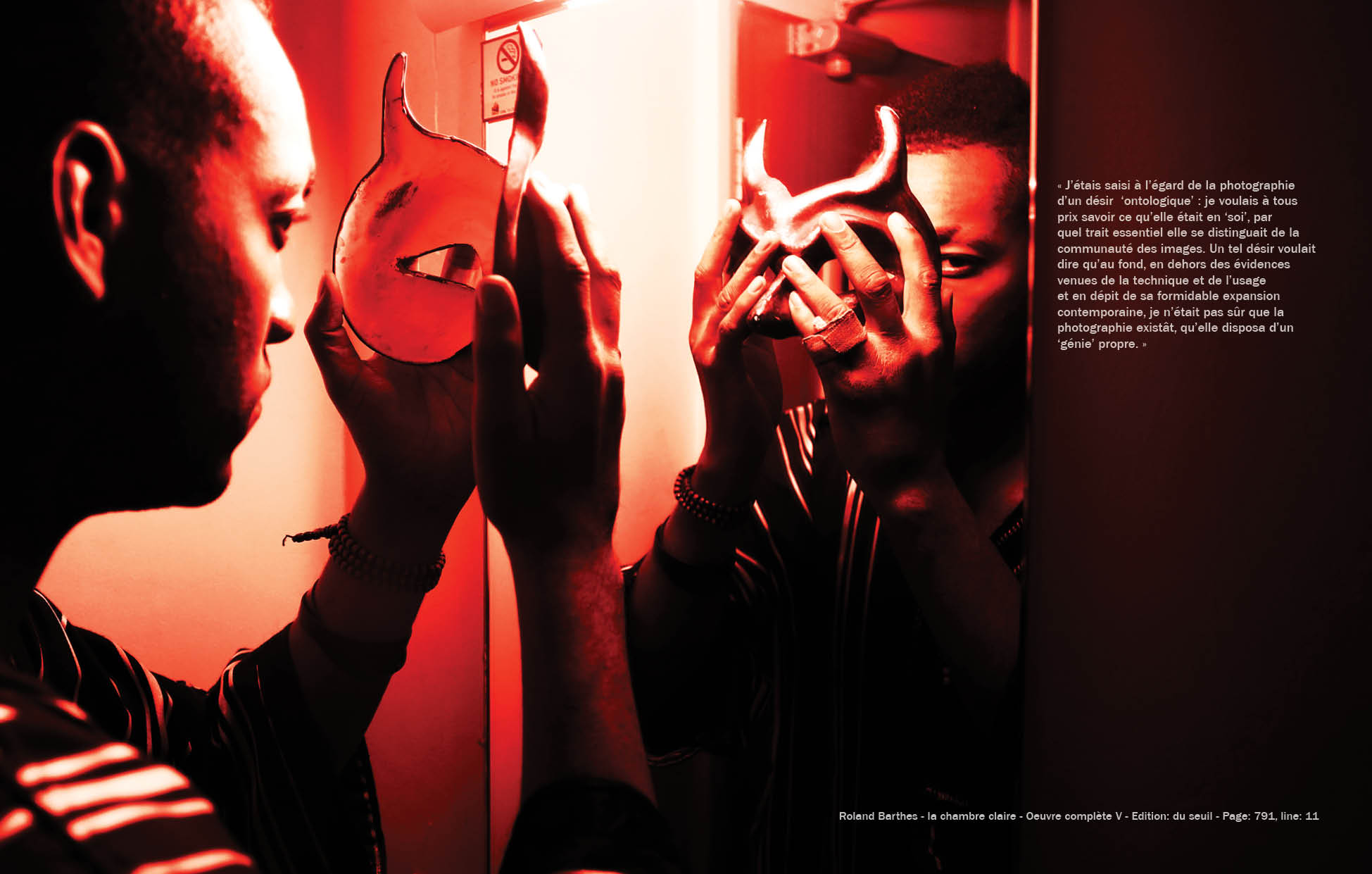
Since every photograph is contingent (and thereby outside of meaning), Photography cannot signify (aim at a generality) except by assuming a mask. It is this word which Calvino correctly uses to designate what makes a face into the product of a society and of its history.
(Roland Barthes – Camera Lucida – Vintage classics – page 34 line 14)
(Roland Barthes – Camera Lucida – Vintage classics – page 34 line 14)
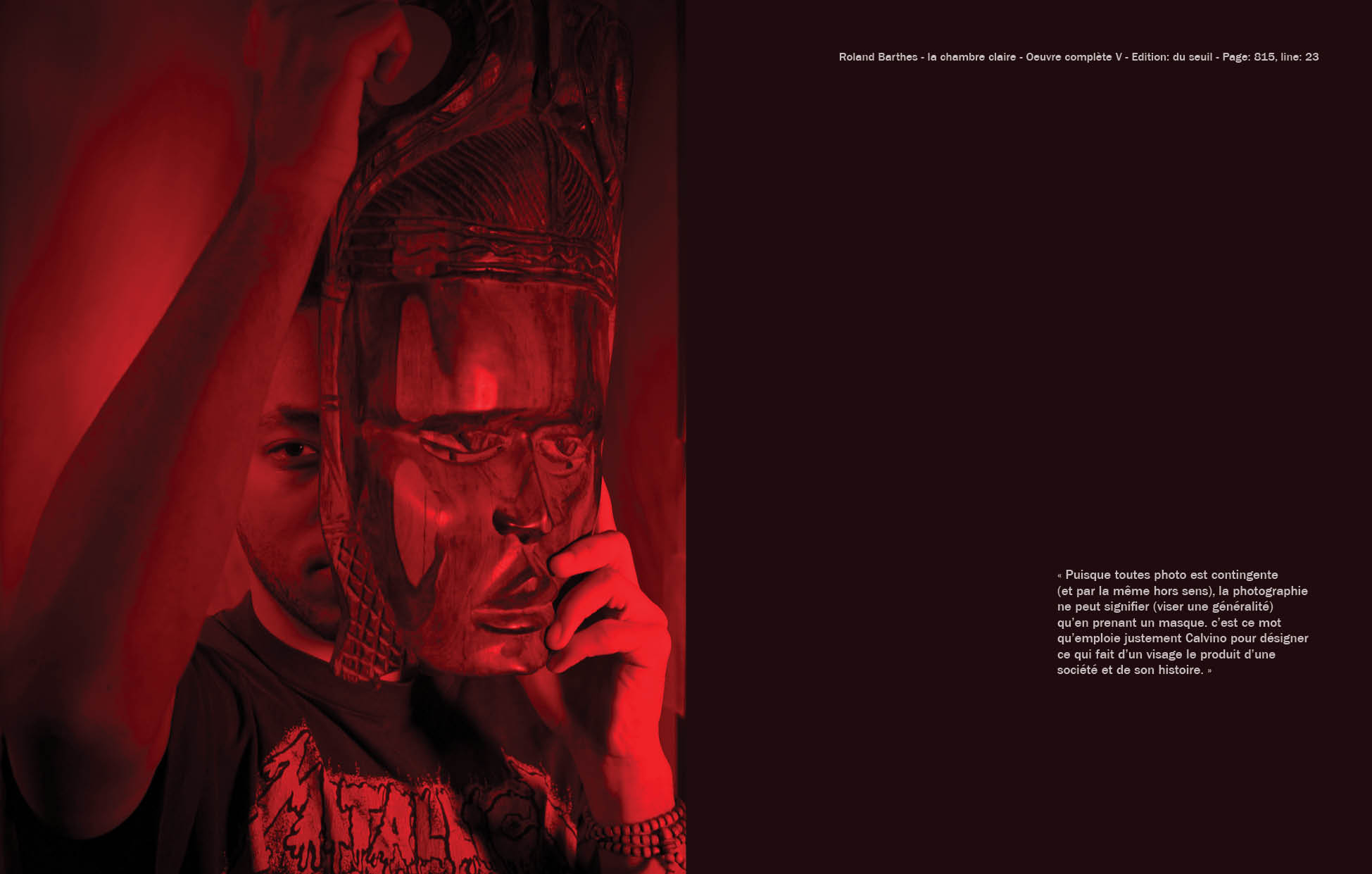
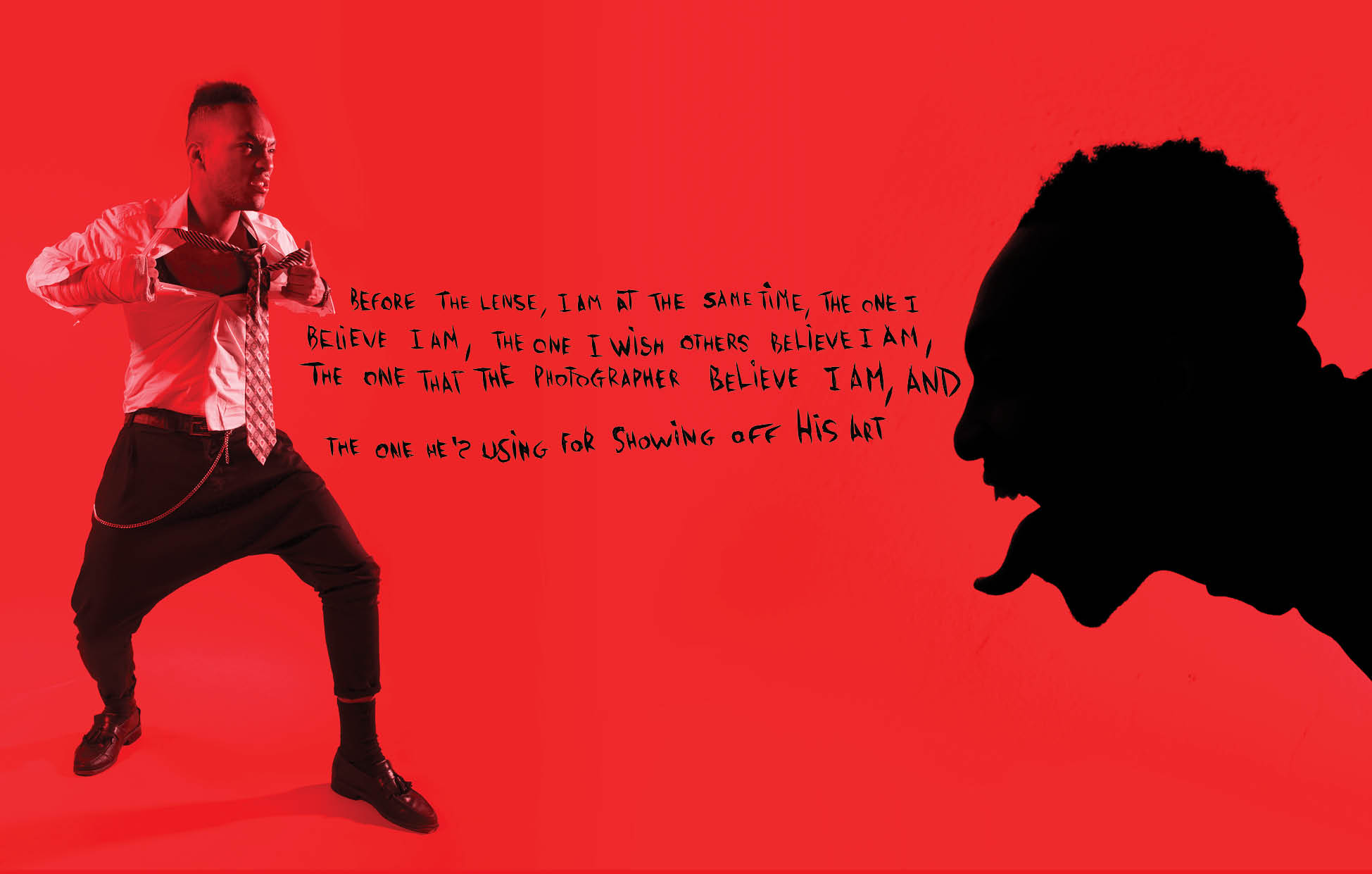
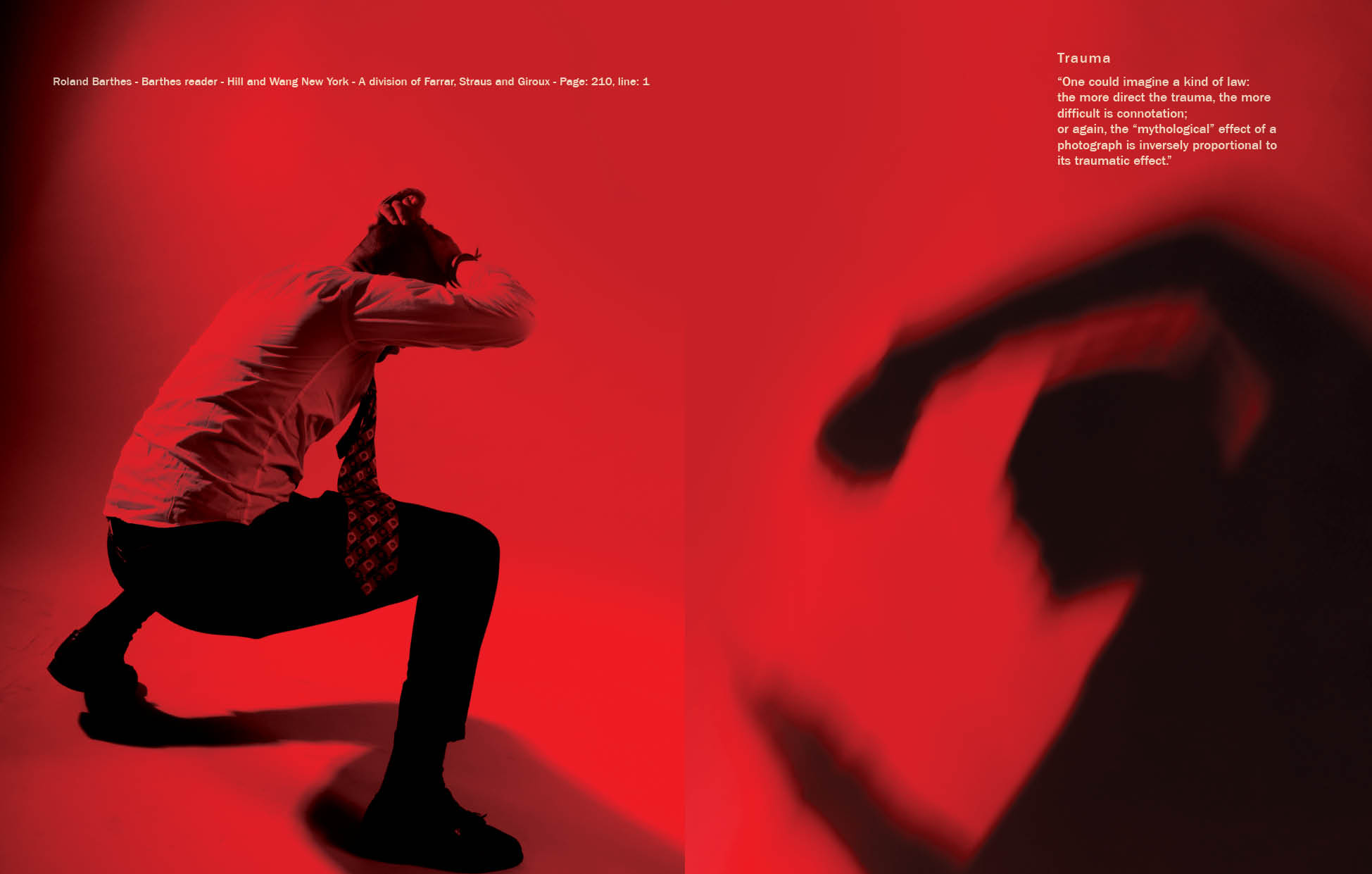
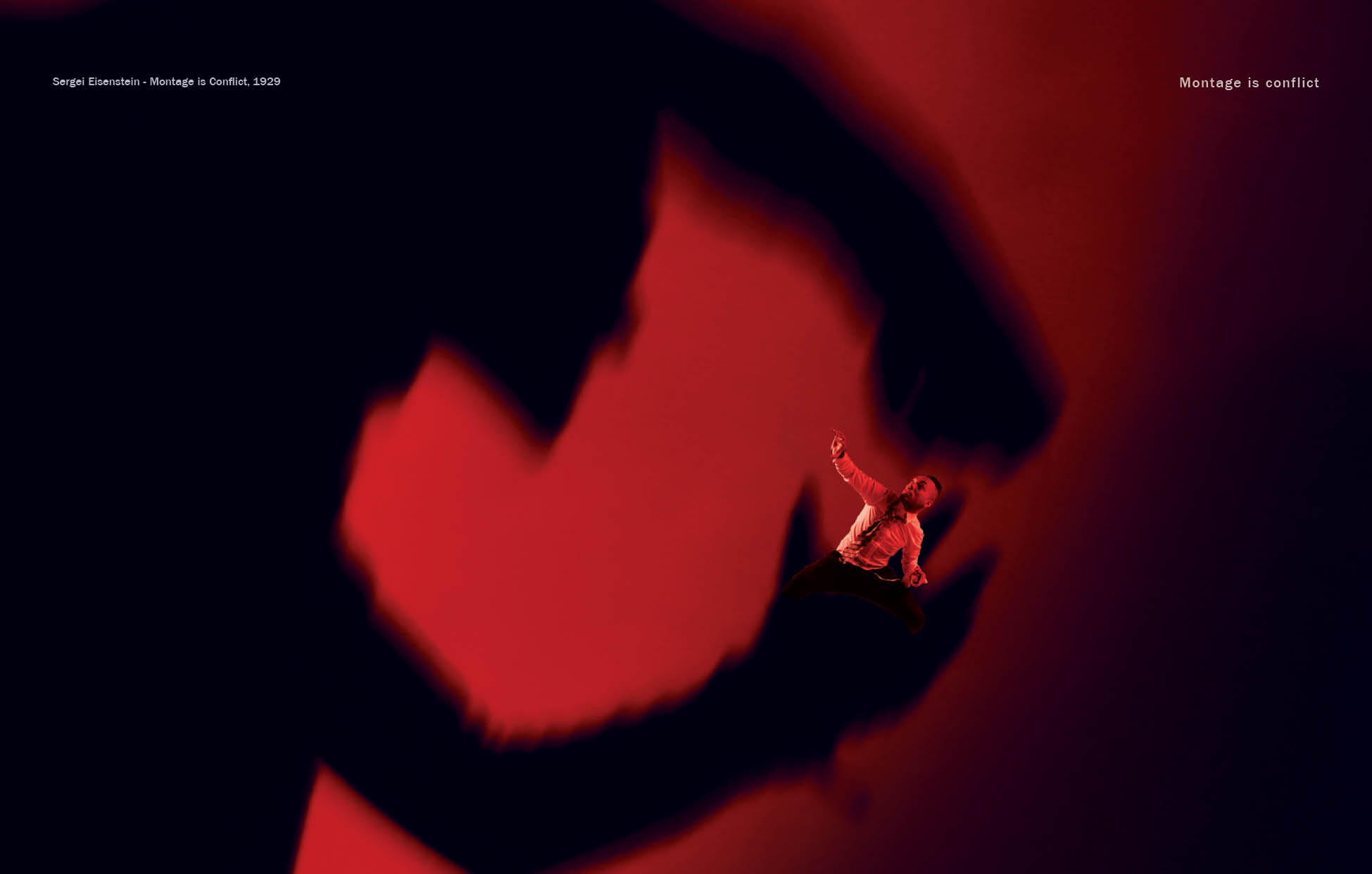
The text is indeed the creator's (and hence society's) right of inspection over the image; anchorage is a control, bearing a responsibility - in the face of the projective power of pictures - for the use of the message. With respect to the liberty of the signifieds of the image, the text has thus a repressive value1 and we can see that it is at this level that the morality and ideology of a society are above all invested.
(Roland Barthes – IMAGE-MUSIC-TEXT – Vintage classics – page 40 line 17)
(Roland Barthes – IMAGE-MUSIC-TEXT – Vintage classics – page 40 line 17)
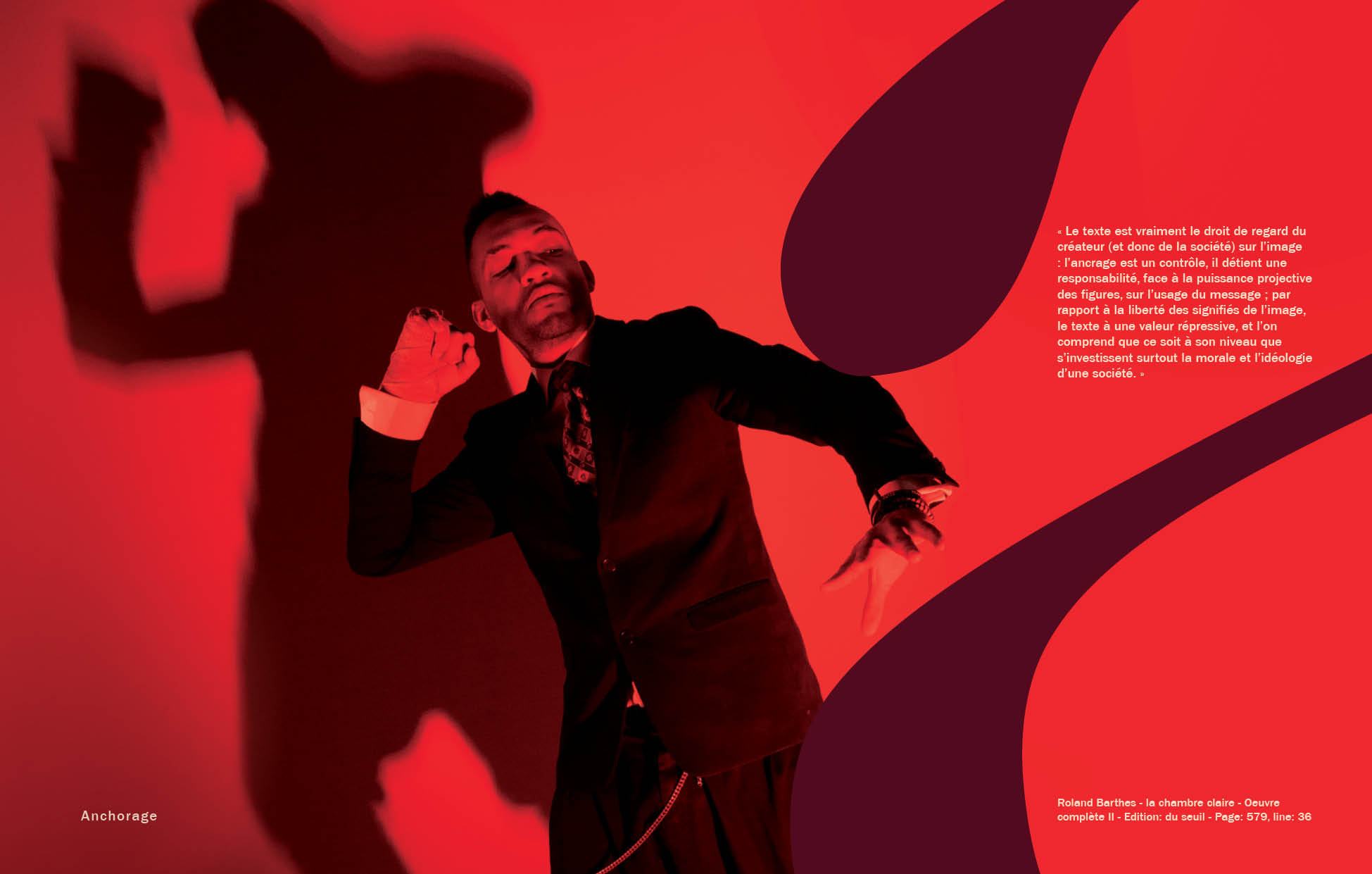
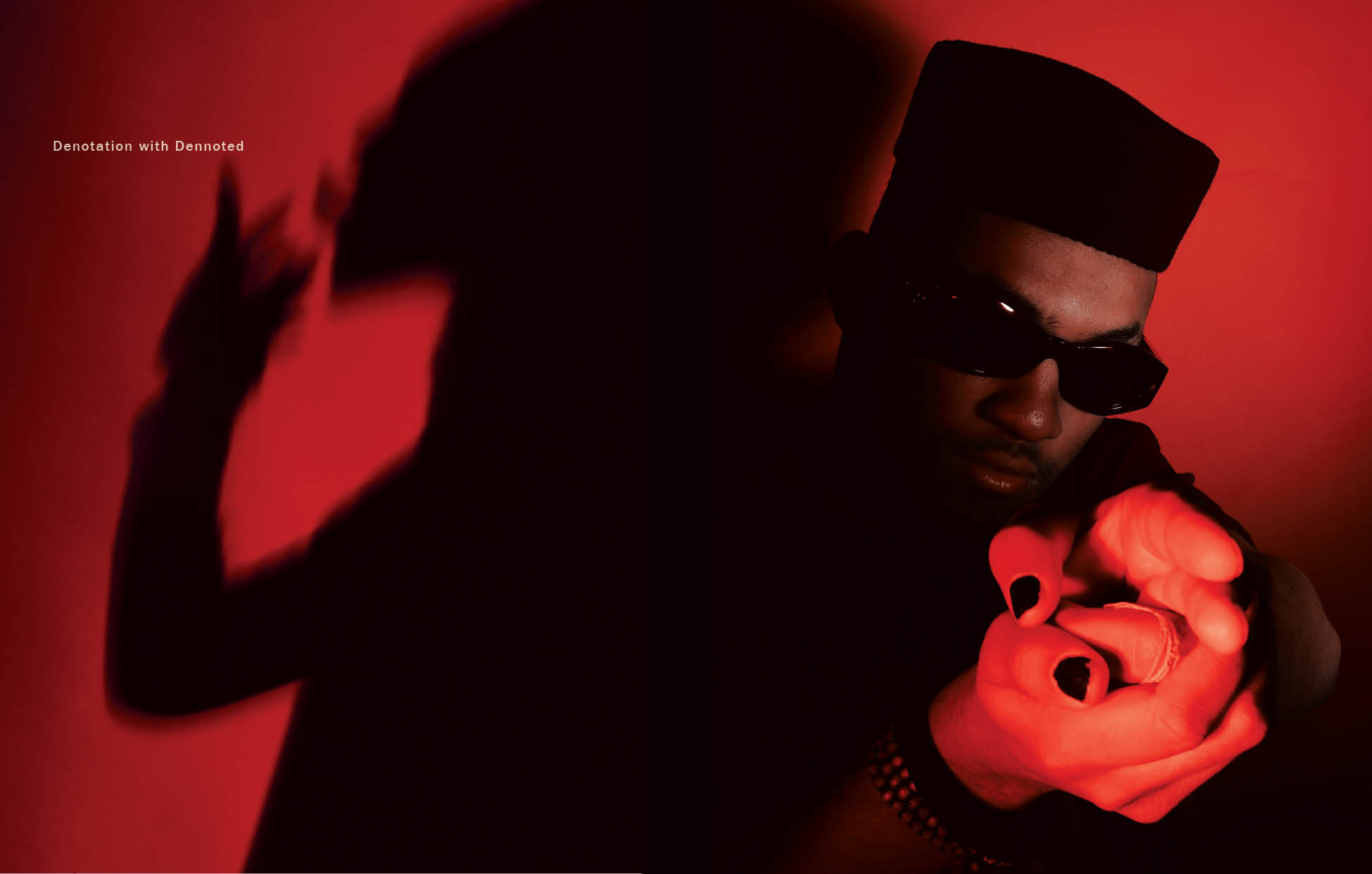
All images are polysemous; they imply, underlying their signifiers, a 'floating chain' of signifieds, the reader able to choose some and ignore others. Polysemy poses a question of meaning and this question always comes through as a dysfunction, even if this dysfunction. […] Hence in every society various techniques are developed intended to fix the floating chain of signifieds in such a way as to counter the terror of uncertain signs; the linguistic message is one of these techniques.
(Roland Barthes – IMAGE-MUSIC-TEXT – Vintage classics – page 38 line 31)
(Roland Barthes – IMAGE-MUSIC-TEXT – Vintage classics – page 38 line 31)
